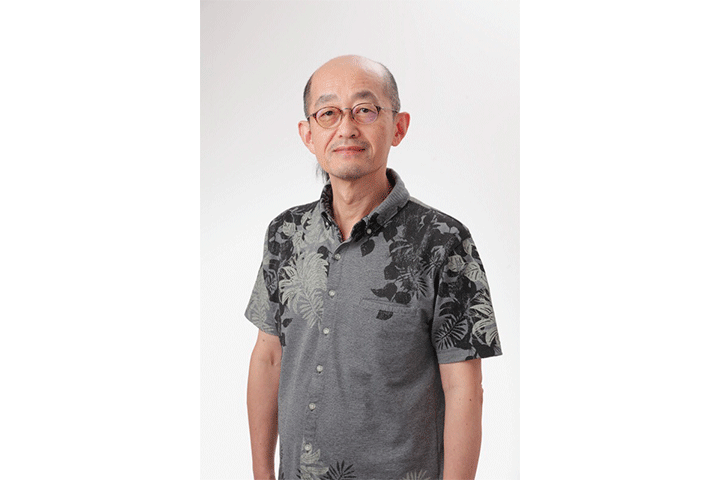Talk
The Forest and Art: Kyoto Sanzan, Guardian of Kyoto’s Visual and Performing Arts

Looking at Kyoto’s forest culture, religion expert Toji Kamata and aesthetics expert Hiroshi Yoshioka discuss the relationship between humans and nature. In ancient times, the people of Kyoto worshipped and celebrated the mountains and forests that surround the city, revering them as sacred. To spend time in the mountains was to commune with nature and oneself, to heighten one’s senses, yet this practice has largely been lost due to modernization since the Meiji Era. Exploring these concepts, or thinking through the process of modernization, may provide hints towards interpreting the various works in the Shows program.
Guests:
Toji Kamata (Professor Emeritus, Kyoto University; Specially Appointed Professor, Sophia University)
Hiroshi Yoshioka (Aesthetician / Professor of Aesthetics and Theory of Arts, Kyoto University)
Host:
Kyoto Experiment Co-directors
Please note it is available in Japanese only.
10.14 (Thu) 19:00-20:30
Train
・20 minutes' walk from Kyoto Station (JR)
・10 minutes' walk from Gojo Station (Kyoto Municipal Subway Karasuma Line)
・15 minutes' walk from Kawaramachi Station (Hankyu Kyoto Line)
・5 minutes' walk from Kiyomizu-Gojo Station (Keihan Main line)
Bus
・Kyoto City Bus Nos 4, 17 or 205 to "Gojo Kawaramachi". 3 minutes' walk from stop.
No parking available.
Toji Kamata

Born in Tokushima prefecture in 1951. Graduated with a doctorate from Kokugakuin University Faculty of Letters and a doctorate from Okayama University Medicine Department Graduate School of Social Environmental and Life Science. He also holds a PhD in Literature from the University of Tsukuba. He is an honorary professor at Kyoto University and a specially appointed professor at Sophia University. He has authored multiple books in Japanese on religion and folklore. His English language publications include Myth and Deity in Japan (2009).
Hiroshi Yoshioka

Hiroshi Yoshioka graduated from the Kyoto University Faculty of Letters, where he also completed postgraduate studies. Following teaching posts at the Institute of Advanced Media Arts and Sciences and the Kyoto University Faculty of Letters, he is currently a program-specific professor at the Kokoro Research Center, Kyoto University. His writings include Information and Life: The Brain, Computers, and the Universe (Shin-yo-sha) and The Present Tense of Thought: Complex Systems, Cyberspace, and Affordance (Kodansha). He is also editor-in-chief of Diatxt., a journal of criticism published by Kyoto Art Center. He has planned and curated such exhibitions as the Kyoto Biennale 2003 and Gifu Ogaki Biennale 2006, and was also involved with the video installation BEACON (1999–2020).
Supported by Council for Kyoto Traditional Forest Culture, FabCafe Kyoto
















